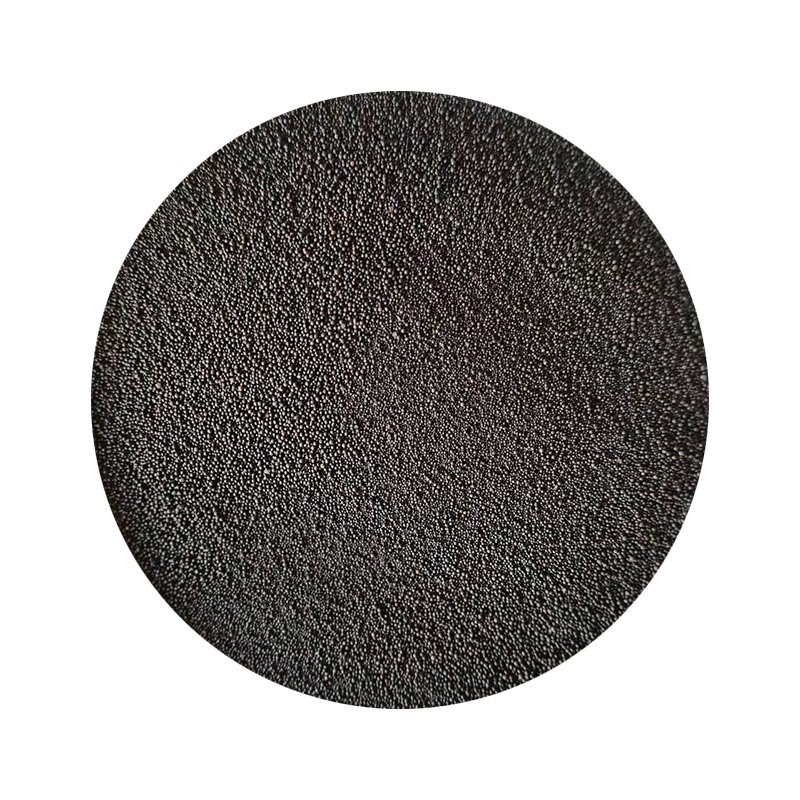Understanding Sand-Resin Mixtures Applications and Advantages
Sand-resin mixtures have gained significant attention in various industrial applications due to their unique properties and versatility. Comprising sand particles combined with a resin binder, these mixtures result in a composite material that exhibits enhanced strength, durability, and resistance to environmental factors. This article delves into the composition, uses, and benefits of sand-resin mixtures.
Understanding Sand-Resin Mixtures Applications and Advantages
One of the primary applications of sand-resin mixtures is in the construction industry. As a strong composite material, it serves as an excellent option for producing precast concrete products, such as pavers and bricks. The use of resin improves the adhesion of the sand particles, leading to a more cohesive structure that can withstand heavy loads and harsh weather conditions. Additionally, the aesthetic potential of these materials allows for various designs and finishes.
sand resin mixture

Another notable application of sand-resin mixtures is in the realm of art and design. Sculptors and artisans utilize these mixtures to create intricate sculptures, decorative elements, and even furniture. The ability to mold the mixture into various shapes and sizes, coupled with its durability, makes it a favorable choice for both functional and decorative pieces.
In the realm of industrial applications, sand-resin mixtures are also used in sand casting processes, particularly in metal casting. The mixture facilitates a high-quality mold that can capture intricate details of the desired object, resulting in precision and accuracy in the final cast product. Furthermore, the resin enhances the mold's strength, minimizing the risk of deformation during the casting process.
The advantages of sand-resin mixtures extend beyond their structural properties. The combination offers resistance to moisture, chemicals, and temperature fluctuations, thereby prolonging the lifespan of the finished product. Moreover, the mixtures can be formulated to be environmentally friendly, with biodegradable or low-VOC (volatile organic compounds) options available, aligning with the growing demand for sustainable materials.
In conclusion, sand-resin mixtures represent a remarkable synergy between natural and synthetic materials. With diverse applications ranging from construction and art to industrial processes, their flexibility and performance make them an invaluable resource in today's material science landscape. As technology advances, the potential for innovative uses of sand-resin mixtures only continues to grow, promising an exciting future for this composite material.
Post time:sep . 07, 2024 08:54
Next:Properties of Foundry Sand - Essential Information for Casting Processes
